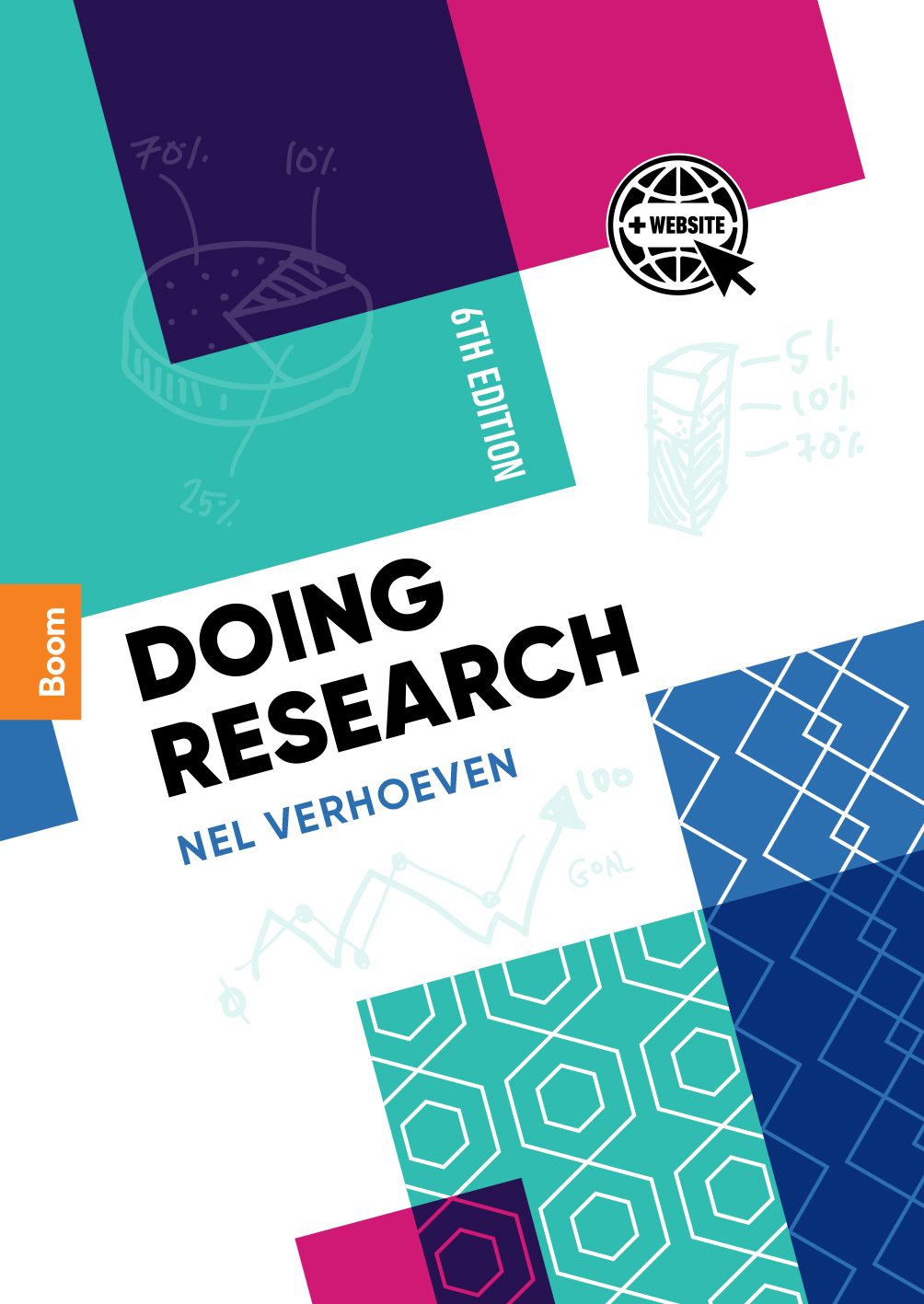

Most ebook files are in PDF format, so you can easily read them using various software such as Foxit Reader or directly on the Google Chrome browser.
Some ebook files are released by publishers in other formats such as .awz, .mobi, .epub, .fb2, etc. You may need to install specific software to read these formats on mobile/PC, such as Calibre.
Please read the tutorial at this link: https://ebookbell.com/faq
We offer FREE conversion to the popular formats you request; however, this may take some time. Therefore, right after payment, please email us, and we will try to provide the service as quickly as possible.
For some exceptional file formats or broken links (if any), please refrain from opening any disputes. Instead, email us first, and we will try to assist within a maximum of 6 hours.
EbookBell Team

4.8
34 reviewsSubjects such as research methods and statistics are not the most popular
courses. Students are afraid that they won’t understand the subject matter, let
alone be able to apply it. When I wrote the first edition of Doing Research, I tried
to lower this threshold for carrying out research and getting to know stats.
The sixth edition
When the previous edition (the fifth) of Doing Research was printed, a different layout was chosen. The reasons for this are the changing landscape within
higher education, the personal and interactive approach to research education
and the changing exit qualifications for graduates. Whereas fifteen years ago
the emphasis was on having as many research skills as possible, and producing
what to all intents and purposes is an academic graduation thesis, nowadays the
emphasis is much more on acquiring skills and producing a professional product. Research skills still come in handy in this respect. In fact, they are indispensable if the student is to produce a good professional product. That said,
more and more these days research skills are being used as a tool for answering
practical questions. It means having a different range of research skills, and
for that the book needed a new layout, one with many short chapters. Unlike
previous editions, each chapter deals with one subject only. The four phases of
applied research are the guiding principle.
In the sixth edition, the method has been refined even more, with the focus on
case studies. Many of the examples have been updated and the corresponding
website has been changed. In this edition, the focus is on the research toolbox,
which can be used alongside the book when doing applied research.
The new edition of Doing Research is even easier to navigate, and is hands-on,
with lots of infographics and visuals, and short, inspiring texts. The book is
suitable as an introduction to research methods, but also as a reference work
during internships and graduation projects.